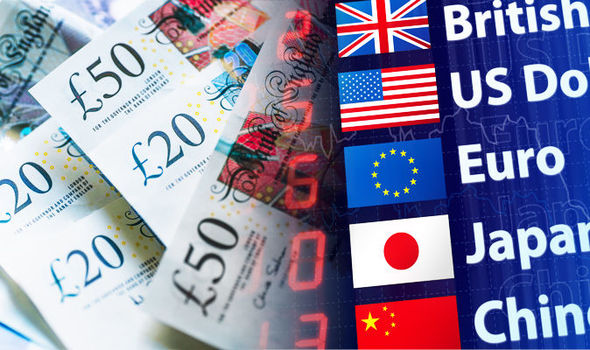VATP004 – VAT Public Clarification – Use of Exchange Rates for VAT purposes
Issue
Article 69 of Federal Decree-Law No. (8) of 2017 (“VAT Decree-Law”) requires that where a supply was made in a currency other than UAE Dirham that the amount stated on the issued tax invoice should be converted into the UAE Dirham according to the exchange rate approved by the UAE Central Bank at the date of supply.
The UAE Central Bank began publishing exchange rates on 17 May 2018, therefore businesses are seeking clarity in respect of the FTA’s approach for the period from 1 January 2018 up until 16 May 2018, and the approach which should be adopted since the publication of exchange rates by the UAE Central Bank.
Summary
The UAE Central Bank began publishing exchange rates on 17 May 2018. Businesses are required by the VAT Decree-Law to use this exchange rate on any tax invoice issued in a currency other than the UAE Dirham from this date onwards.
Any tax invoices issued in a foreign currency prior to 17 May 2018 should have been converted to UAE Dirham using a reliable source for exchange rates. Provided this is the case, and the same source has been used consistently, there will be no need to rework tax invoices issued prior to 17 May 2018 where they do not use the UAE Central Bank exchange rate.
Detailed discussion
Tax invoices issued prior to 17 May 2018
Where a tax invoice was issued prior to 17 May 2018 in a currency other than UAE Dirham, the tax invoice should have been converted to UAE Dirham using an exchange rate from a reliable source.
The source used to obtain the exchange rate should have been consistently used by the business for all tax invoices issued in foreign currencies during the period from 1 January to 16 May 2018.
Examples of reliable exchange rate sources include, but are not limited to:
- Thomson Reuters;
- Oanda;
- The exchange rate published by a UAE bank.
Use of historical rates published by the Central Bank
The UAE Central Bank has also published on 17 May 2018, historical rates on its website, for periods prior that date. There is no requirement for businesses to reissue historical tax invoices from periods prior to 17 May 2018 to show the Central Bank exchange rate, provided the exchange rate used is from a reliable source and the same source has been used consistently.
In the event a tax invoice is issued post 17 May 2018 but where the date of supply was prior to 17 May 2018, businesses should use the historical rates as published by the Central Bank.
Use of exchange rates from 17 May 2018 onwards
Where a tax invoice is issued from 17 May 2018 onwards, it is required that the exchange rate published by the UAE Central Bank is used to convert the foreign currency to the UAE Dirham.
Businesses must use the exact exchange rate as published by the UAE Central Bank, which includes using the same number of decimal places as published.
For example, if the exchange rate for US Dollars is published as 3.672500, the full exchange rate should be used for the purposes of the tax invoice, and it is not permitted to round the exchange rate to fewer decimal places e.g. 3.7.
Time of publication of exchange rates
The UAE Central Bank updates the exchange rates on its website each day on or after 6pm, to cover the rate applicable for that day. Where a tax invoice is issued prior to 6pm on any given day, it will be acceptable to use the exchange rate published on the UAE Central Bank website at the time the tax invoice is raised, i.e. the rate for the day before.
Use of exchange rates for imports of services
Where businesses import services from foreign suppliers which are subject to VAT under the reverse charge mechanism, the invoice received for the supply is likely to be in a foreign currency. For the purposes of applying the reverse charge mechanism to such imports, businesses should use the UAE Central Bank exchange rate applicable on the date of supply in order to calculate the VAT liability to be reported in the VAT return.
A foreign supplier, not VAT registered in the UAE, is likely to issue an invoice which is not a tax invoice for UAE VAT purposes. It is acceptable to use the date of the invoice as the date of supply of the imported service and use the exchange rate applying as per that date.
Use of exchange rates for imports of goods
Where goods are imported into the UAE, the VAT due on import shall be automatically calculated based on the import declarations submitted via the relevant Customs Department. This value is automatically populated in Box 6 of the VAT return. Where invoices for imported goods are received in a foreign currency, the Customs department shall convert the value to UAE Dirham for the purposes of the import declaration. Where the Customs exchange rate used differs from the UAE Central Bank exchange rate, businesses shall be permitted to use the exchange rate applied by the Customs department for the purposes of declaring the VAT due on import.
There shall not be a requirement for businesses to convert the value of the import based on the UAE Central Bank rate and declare any adjustment due to exchange rate used within Box 7 of the VAT return.

Leave a Reply